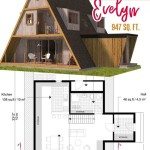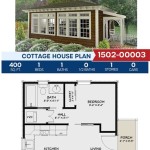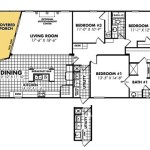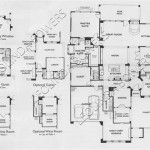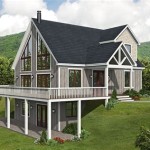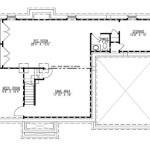Eco Friendly House Plans Designs
When building a new home, it is important to consider the environmental impact of your choices. Eco-friendly house plans use sustainable materials and design features to minimize their environmental footprint. This can result in significant savings on energy and water costs, as well as a healthier and more comfortable living environment.
There are many different types of eco-friendly house plans available, from small cottages to large luxury homes. Some of the most popular features of eco-friendly house plans include:
- Energy-efficient appliances and lighting
- Solar panels or other renewable energy sources
- Rainwater harvesting systems
- Low-VOC (volatile organic compound) paints and finishes
- Recycled and sustainable building materials
If you are interested in building an eco-friendly home, it is important to work with an architect or builder who specializes in sustainable design. They can help you choose the right materials and features for your home to maximize its energy efficiency and environmental friendliness.
In addition to the environmental benefits, eco-friendly house plans can also offer a number of financial benefits. Many governments offer tax incentives for green building, and some utility companies offer rebates for energy-efficient appliances and solar panels. As a result, building an eco-friendly home can actually be more affordable than building a conventional home.
If you are looking for a home that is both stylish and sustainable, an eco-friendly house plan is a great option. With so many different plans to choose from, you are sure to find one that meets your needs and budget.
Benefits of Eco-Friendly House Plans
There are many benefits to building an eco-friendly home, including:
- Reduced energy costs: Eco-friendly house plans use energy-efficient appliances, lighting, and insulation to minimize energy consumption. This can result in significant savings on your energy bills.
- Reduced water costs: Eco-friendly house plans often include rainwater harvesting systems and low-flow fixtures to reduce water consumption. This can result in significant savings on your water bills.
- Improved indoor air quality: Eco-friendly house plans use low-VOC paints and finishes to improve indoor air quality. This can help to reduce respiratory problems and other health issues.
- Increased comfort: Eco-friendly house plans are designed to be comfortable and inviting. They often feature natural light, fresh air, and open floor plans.
- Increased property value: Eco-friendly house plans are in high demand, and they can increase the value of your property.
If you are interested in building an eco-friendly home, there are many resources available to help you get started. You can find eco-friendly house plans online, in magazines, and from architects and builders. You can also get financial assistance from government programs and utility companies.
Building an eco-friendly home is a great way to reduce your environmental impact, save money, and improve your quality of life. If you are considering building a new home, an eco-friendly house plan is a great option.

Eco Friendly Home Plans House Design

The Top 10 Sustainable Home Design Trends In 2024

Winners Of Habitat For Humanity S Sustainable Home Design Competition Archdaily

Pin By Lisa Smith On Eco House Design Friendly Sustainable

Eco Friendly Home Designs Salter Spiral Stair

Green Building Designs Plans And Guidelines

The Top 10 Sustainable Home Design Trends In 2024

Eco Friendly Home Infographics Ecological House Futuristic Design

Eco Houses 7 Most Beautiful Sustainable Builds From Forest Dwellings To City Homes Gardens

21 Sustainable House Design Ideas Fontan Architecture

